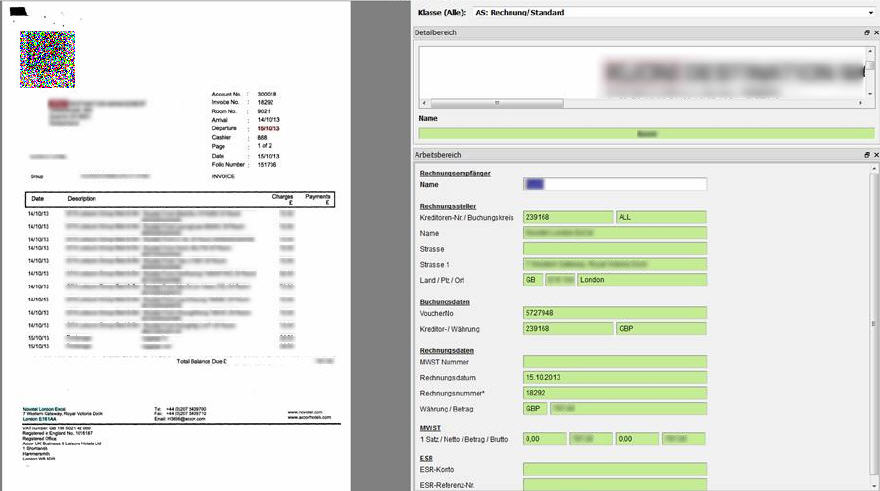

- #CHARACTER RECOGNITION SOFTWARE PDF#
- #CHARACTER RECOGNITION SOFTWARE SOFTWARE#
- #CHARACTER RECOGNITION SOFTWARE FREE#
When processing your document, we attempt to preserve basic text formatting such as bold and italic text, font size and type, and line breaks. The OCR project support page offers additional details on preserving character formatting for things like bold and italics after OCR in the output text: Developed as a community project during 1995-2006 and later taken over by Google, Tesseract is considered one of the most accurate OCR engines and works for over 60 languages.

#CHARACTER RECOGNITION SOFTWARE FREE#
Google's OCR is probably using dependencies of Tesseract, an OCR engine released as free software, or OCRopus, a free document analysis and optical character recognition (OCR) system that is primarily used in Google Books. The technology extracts text from images, scans of printed text, and even handwriting, which means text can be extracted from pretty much any old books, manuscripts, or images. It's quite simple and easy to use, and can detect most languages with over 90% accuracy.
#CHARACTER RECOGNITION SOFTWARE SOFTWARE#
Google's Optical Character Recognition (OCR) software now works for over 248 world languages (including all the major South Asian languages).

The docAlpha knowledge base gathers the combined intelligence of all your docAlpha users to continuously improve and expand upon the types of documents it can read and process automatically. Artsyl SolutionsĪrtsyl Intelligent Capture Solutions Focus on Flexibility, Scalability and Ease of UseĪrtsyl’s docAlpha digital transformation platform provides intelligent data capture, data validation, workflow automation, and ERP integration or ECM integration, to support intelligent capture and end-to-end process automation.Īlong with machine learning as the primary data extraction method, the Artsyl intelligent process automation platform employs powerful OCR technology to automatically map all data from physical documents into digital files. These systems employ machine learning to self-learn new document types by emulating user guidance/validation performed on a single new sample - progressively building a knowledge base to compare against new documents. Modern intelligent data capture solutions don’t require users to manually create templates to read different documents and extract data. To help manage, organize and derive meaning from unstructured data, intelligent OCR technology can automate what otherwise requires a human and a keyboard. OCR remains a key solution to solving the problem of ‘big data’ in the form of unstructured documents and images that make up the bulk of the digital information in the world. In reality, however, this revolution is the latest stage in a number of intelligent automation technology evolutions. Today, excitement and interest in robotic process automation and artificial intelligence has sparked the notion of a revolution in process innovation. Intelligence =Flexibility, Scalability and Easy of Use Today, intelligent data capture solutions can convert text images to digital characters and THEN parse through that information to identify data that is actionable or relevant to a process. This allowed for the extraction of raw character or ASCII data from a page.īut OCR (Optical Character Recognition) software has come a long way since its original role. Originally combined with text-to-speech synthesis to enable computers to read printed material to the blind, Kurzweil’s software led to the possibility of converting printed pages of all kinds to computer text. Currently Google’s Chief Futurist, Ray Kurzweil, developed a software product that could recognize text images in any font. In the 1970s, one of today’s pioneering minds on artificial intelligence helped to usher in the next age of OCR innovation.

#CHARACTER RECOGNITION SOFTWARE PDF#
OCR technology is often embedded into hardware devices like printers, document scanners, web scanners, etc., available within desktop software like PDF readers, or into intelligent automation systems that help to store, process, and manage digital documents. Optical character recognition (OCR) technology is designed to convert images of text into digital characters, or data. Microsoft Dynamics GP / Microsoft Dynamics AX.


 0 kommentar(er)
0 kommentar(er)
